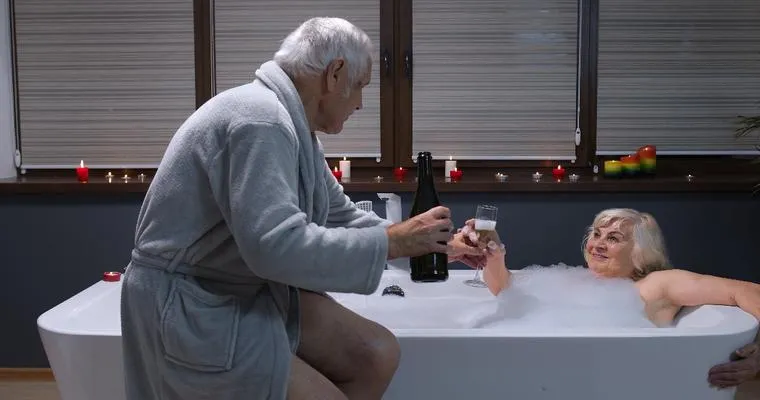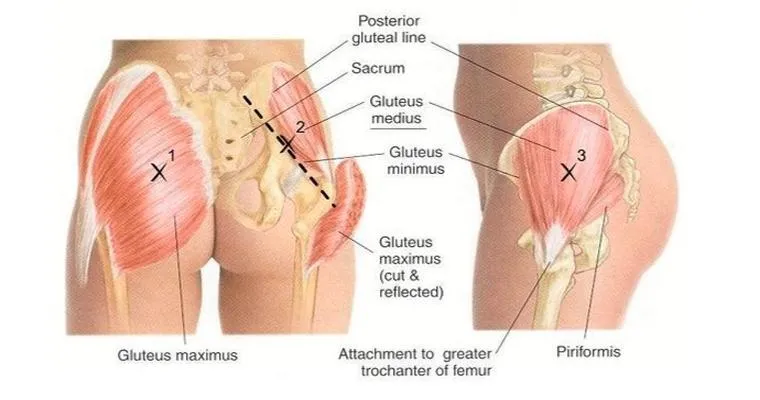As our loved ones age, their skin undergoes significant changes, making it essential to adopt proper "bathing" and "hygiene" practices. Caring for a senior’s "aging skin" requires a thoughtful approach that addresses its unique needs, including dryness, sensitivity, and a higher risk for skin conditions. In this article, we will explore effective tips and strategies that can help maintain the health and comfort of your senior’s skin.
Understanding Aging Skin
The skin of seniors is often thinner, drier, and less elastic than that of younger adults. This can lead to increased vulnerability to "irritation", "infections", and other skin-related issues. It's crucial to recognize these changes and adapt bathing routines accordingly.
Choosing the Right Bathing Products
1. "Gentle Cleansers": Opt for "sulfate-free" and "fragrance-free" cleansers to avoid irritation. Look for products specifically designed for sensitive skin to provide a gentle cleanse without stripping the skin of its natural oils.
2. "Moisturizing Ingredients": Select body washes and soaps that contain "moisturizing agents" like glycerin, aloe vera, or hyaluronic acid. These ingredients help maintain hydration and prevent dryness.
3. "Avoid Hot Water": Hot water can exacerbate skin dryness. Use lukewarm water instead to create a comfortable bathing environment while preserving the skin’s moisture barrier.
Bathing Techniques for Seniors
1. "Frequency of Baths": Seniors may not need to bathe daily. Depending on their level of activity and skin condition, bathing two to three times a week may suffice. Over-bathing can lead to additional dryness.
2. "Supportive Equipment": Use non-slip mats and grab bars in the shower or bath to ensure safety. Consider using a shower chair to help seniors feel stable and secure while bathing.
3. "Gentle Patting Dry": After bathing, gently pat the skin dry with a soft towel instead of rubbing. This helps to retain moisture on the skin’s surface.
Moisturizing After Bathing
1. "Apply Moisturizers Immediately": For optimal hydration, apply a "moisturizer" immediately after bathing while the skin is still damp. This helps lock in moisture and keeps the skin hydrated.
2. "Use Thick Creams or Ointments": For extremely dry skin, consider using thicker creams or ointments that provide a protective barrier. Look for products that contain "ceramides" or "petrolatum" for enhanced moisture retention.
3. "Target Problem Areas": Pay special attention to areas that are prone to dryness, such as elbows, knees, and feet. Regular application of moisturizer can help prevent cracks and irritation.
Regular Skin Checks
1. "Inspect for Changes": Regularly check your senior’s skin for any changes, such as new moles, discoloration, or unusual dryness. Early detection of skin issues is crucial for effective treatment.
2. "Consult a Dermatologist": If you notice any concerning changes or if the skin becomes irritated, consult a dermatologist. They can provide tailored advice and treatments suited to your loved one’s needs.
Conclusion
Caring for a senior’s "aging skin" involves a combination of proper "bathing" techniques, the right products, and regular skin care routines. By implementing these "hygiene tips", you can help ensure that your loved one maintains healthy, comfortable skin throughout their golden years. Remember, a little extra care goes a long way in enhancing their quality of life.





